 |
| The CPC published the comparison of military feats between the Kuomintang and the CPC and the military feats of the Eighth Route Army and the New Fourth Army over six years of resistance against Japanese aggression on July 23, 1943. (Photo/China's State Archives Administration) |
Japan's full-scale invasion started on July 7, 1937, when a crucial access point to Beijing, the Lugou Bridge, was attacked by Japanese troops. The 29th Army fought against the Japanese invaders. On July 8, 1937, The Communist Party of China (CPC) published an open telegram to the nation and pointed out that China’s chance of winning the war lies in conducting a national war against Japanese aggression. In the telegram, the CPC called upon the people, the government and troops to build the Anti-Japanese National United Front. Chiang Kai-shek’s July 17, 1937 speech on “The Limit of China's Endurance” stressed that the whole nation should sacrifice and fight against the Japanese invaders to the bitter end. In August and September 1938, the Red Army led by the CPC formed the New Fourth Army and the Eighth Route Army, which were under the command of Chiang's National Revolutionary Army. China, united under the banner of the Anti-Japanese National United Front, witnessed the unprecedented national revolutionary war against foreign invaders in history. The CPC fought the guerrilla wars and people’s wars in the enemy’s rear area while Kuomintang troops fighting major battles on the front line battlefield. The protracted people's war pinned down the Japanese army, impaired Japan’s national power and contributed to China’s victory against Japanese aggression.
 |

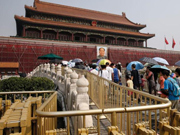 Tiananmen Square to be decorated to embrace the National Day
Tiananmen Square to be decorated to embrace the National Day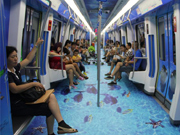 Sea world 3D subway train unveiled in Ningbo
Sea world 3D subway train unveiled in Ningbo Photos of China's Liaoning aircraft carrier under sunset
Photos of China's Liaoning aircraft carrier under sunset 300 'Pandas' shown in Beijing
300 'Pandas' shown in Beijing Kai Ko, Jaycee Chan and other celebrities arrested
for drug use in 2014
Kai Ko, Jaycee Chan and other celebrities arrested
for drug use in 2014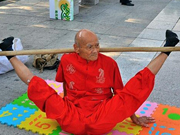 78 years old man with stunning skills
78 years old man with stunning skills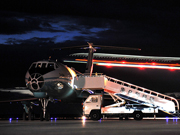 More than 2,200 troops assemble in N China for Peace Mission-2014 drill
More than 2,200 troops assemble in N China for Peace Mission-2014 drill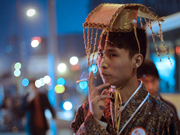 Time travel shows - a popular form of entertainment in China
Time travel shows - a popular form of entertainment in China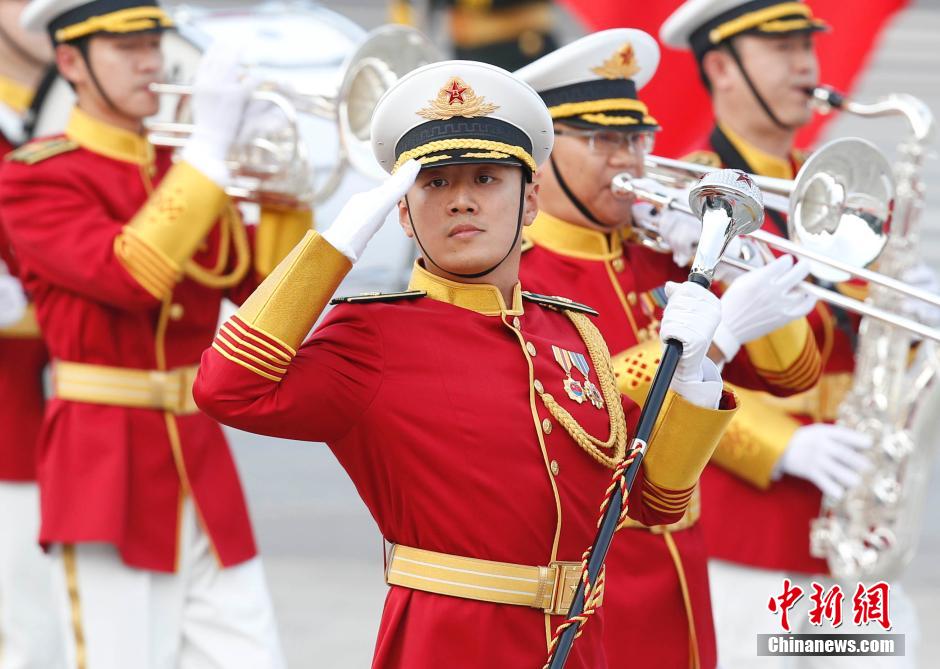 Guard of Honor of PLA shows up in new uniform
Guard of Honor of PLA shows up in new uniform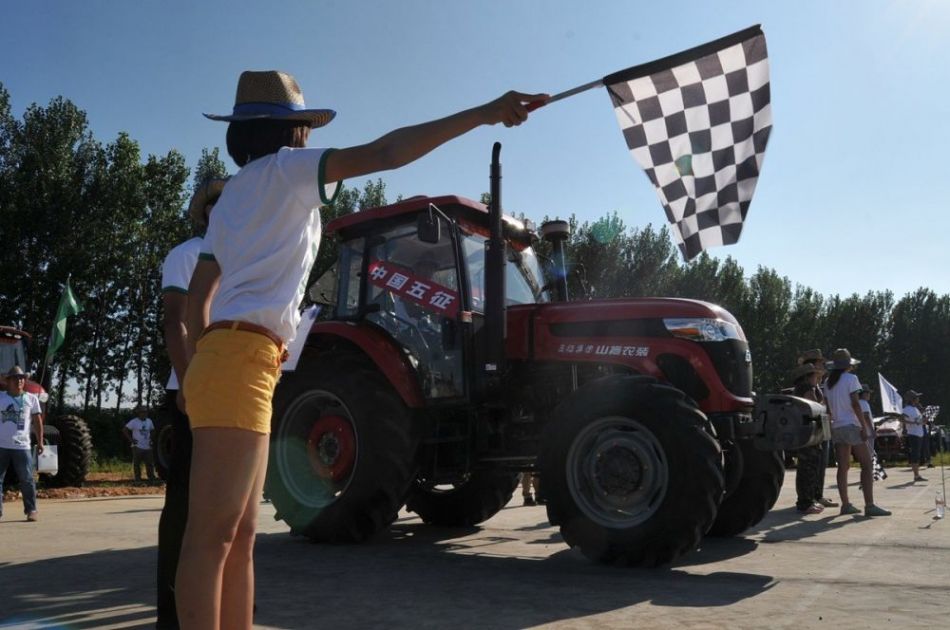 Tractor race in Shandong
Tractor race in Shandong
Day|Week|Month